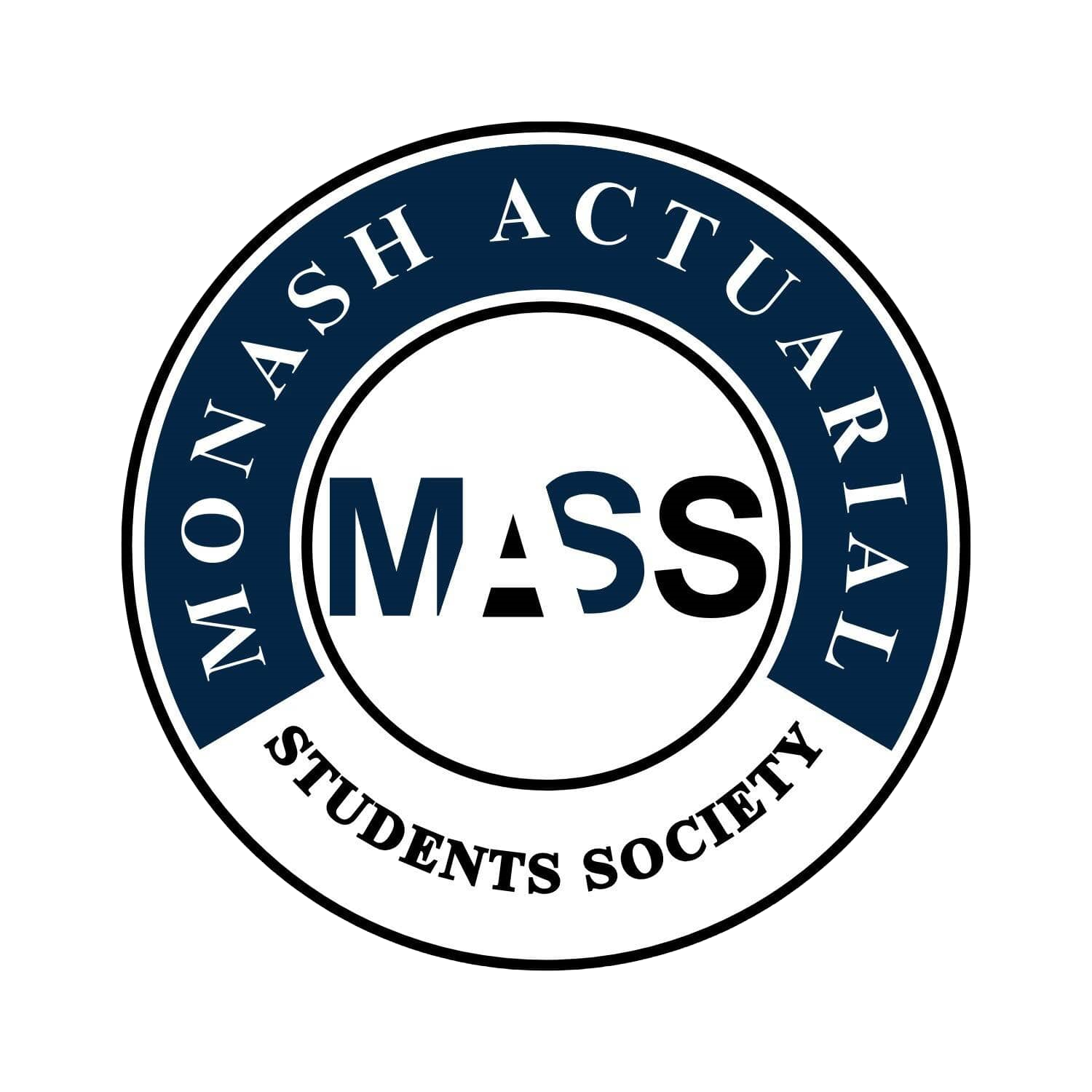ETC3580 / ETC5580 Advanced Statistical Modelling (Sem 1, 2024)
Difficulty:
Year Completed: Semester 1, 2024
Prerequisite: ETC2410 or ETC2420
(or ETW2510, or ETC3440, or ETF2100, or ETC2560)
Exemption:
CS1 Actuarial Statistics
ETC1000 (25%), ETC2420 (25%), ETC2520 (35%), ETC3580 (15%)
Weighted average of 70% required. Minimum of 60% required for
each unit.
Mean Setu Score: 82.6%
Clarity of Learning Outcomes: 86.2%
Clarity of Assessments: 89.2%
Feedback: 78.4%
Resources: 75.4%
Engagement: 84.6%
Satisfaction: 81.6%
Subject Content:
Lecture(s) and Tutorial(s):
Textbook(s):
Assessments:
The topics that were taught included various types of linear and generalised linear modelling, which includes different types of responses, such as: binary, count data, and binomial responses. There was also mixed random effects modelling and non-parametric modelling used to model data that didn't follow a linear shape. The lectures also cover the diagnostics for each different model.
2 x 1 hour lecture
1 x 1.5 hour tutorial
The unit used the textbook ‘Extending the Linear Model with R’ - Julian J Faraway.
Most of the tutorial questions came from this textbook
2 individual Assignments worth 20% each
Final exam 60%
Comments
The unit was a great insight into the wide array of models you can utilise to analyse data. It was structured in such a way that each topic addressed a new but related skill to the topic before it, and is was clear to see when each type of model would be appropriate. It’s a well taught unit with a good mix of theory and application, making it very engaging and useful for data modelling skills.
The lecture is a mix between theory and practical application. They are engaging because the lecturer is passionate about the unit, but the theory is written in matrix notation in the lecture which can be a challenge if students have not taken ETC2440. It is impossible to score well in the unit without following the lecture and textbook as the lecture is very helpful for deciphering the correct R Code for the assignments.
The tutorial attendance is highly encouraged, but not necessary for success providing you keep up to date on the other coursework. No preparation work is required as the tutorials work through the assigned questions for the week. The tutorials provide a useful resource for explaining the maths behind the theories presented in the lecture. They also help provide a deeper understanding of the models and the code behind them, so attending would improve your R skills.
The assignments were practical based and both involved coding in R and then interpreting outputs. They were all pretty fair and as long as you stayed up to date on the coursework by watching lectures and reading the textbook when needed, you would be able to complete the assignment to a high level.
The final exam was quite different to previous assessments in the unit as none of it is coding based - instead students were required to interpret outputs or answer other theory related questions. A number of students found it challenging as they had not encountered many theory questions for the unit before. The exam was more difficult than the assignments and contained some challenging components on content briefly covered in the unit. However, with a conceptual understanding of the models and the breadth of the units contents it is quite possible to do well in the unit.
The unit overall was on the easier side compared to other third year Actuarial Units. It teaches a lot of useful practice skills which equip you to analyse and build models for a wide range of different data types which would be useful in future career paths. It’s important that students gain a genuine understanding behind the theory of the models and lectures to do well in the unit.
General Overview:
Lectures:
Tutorials:
Assessments/Other Assessments
Final Exam
Concluding Remarks

